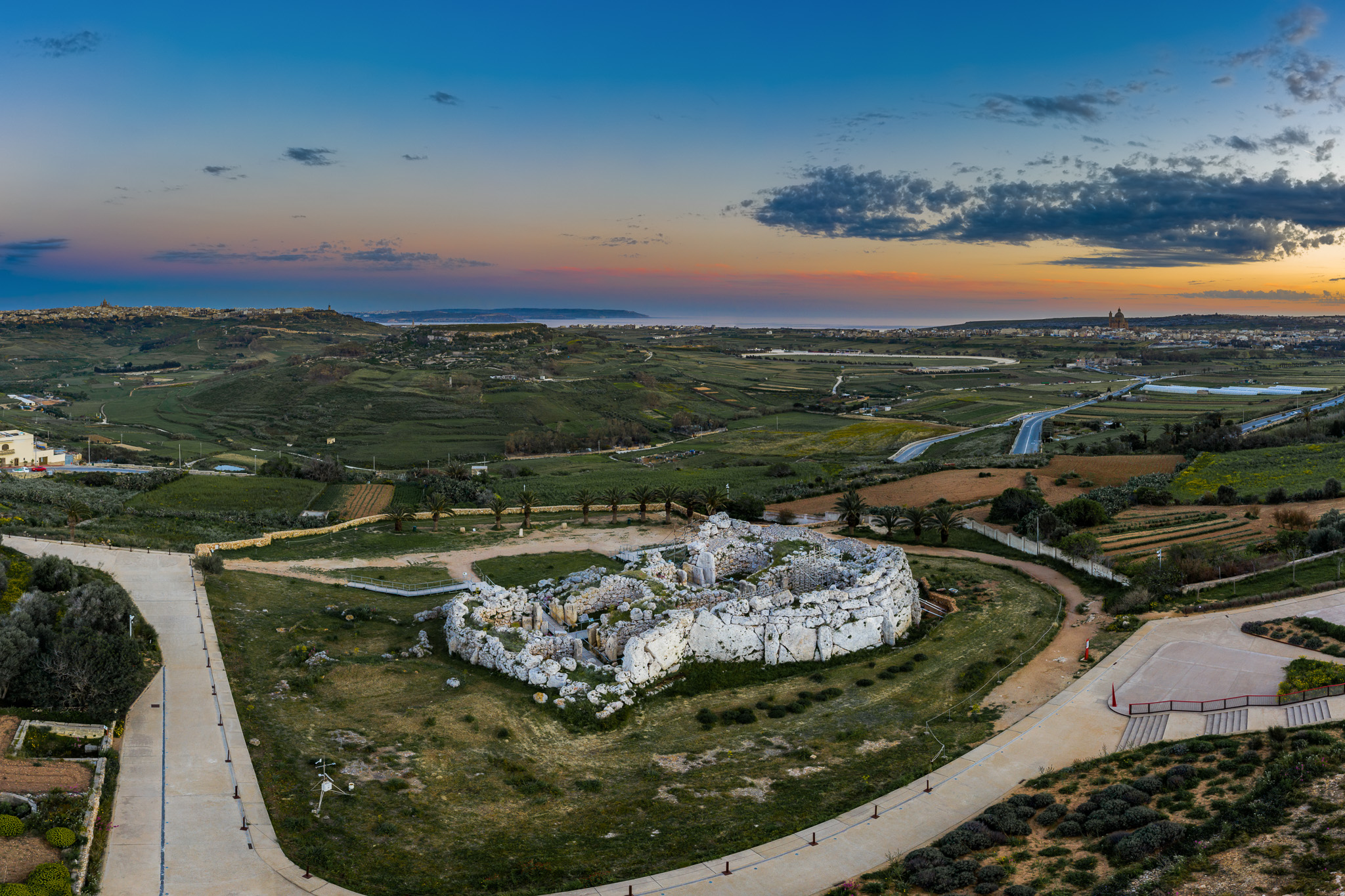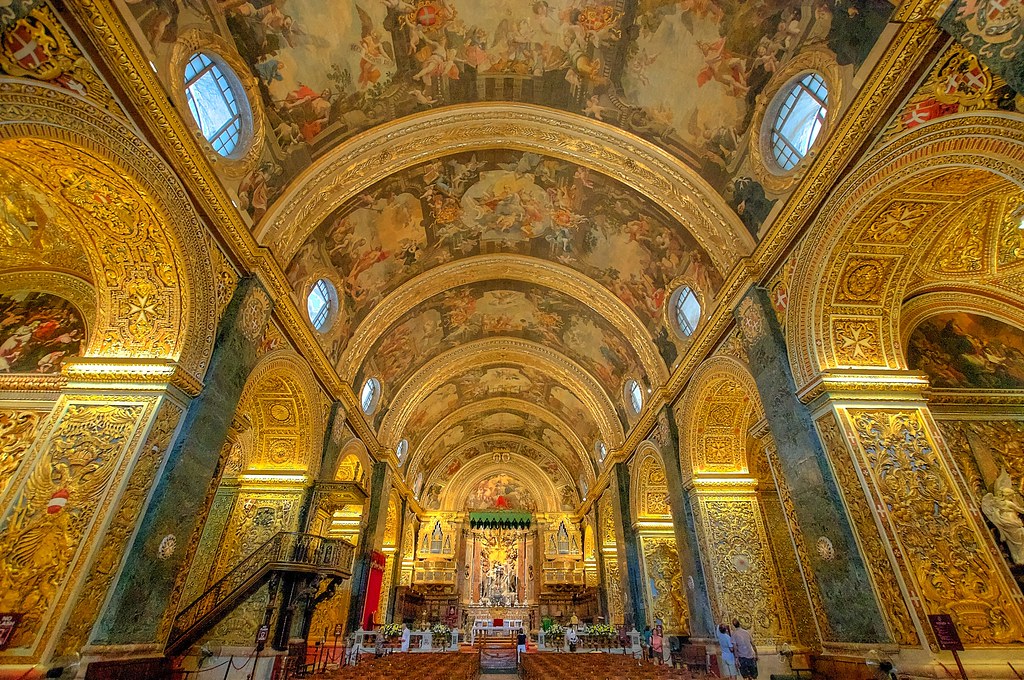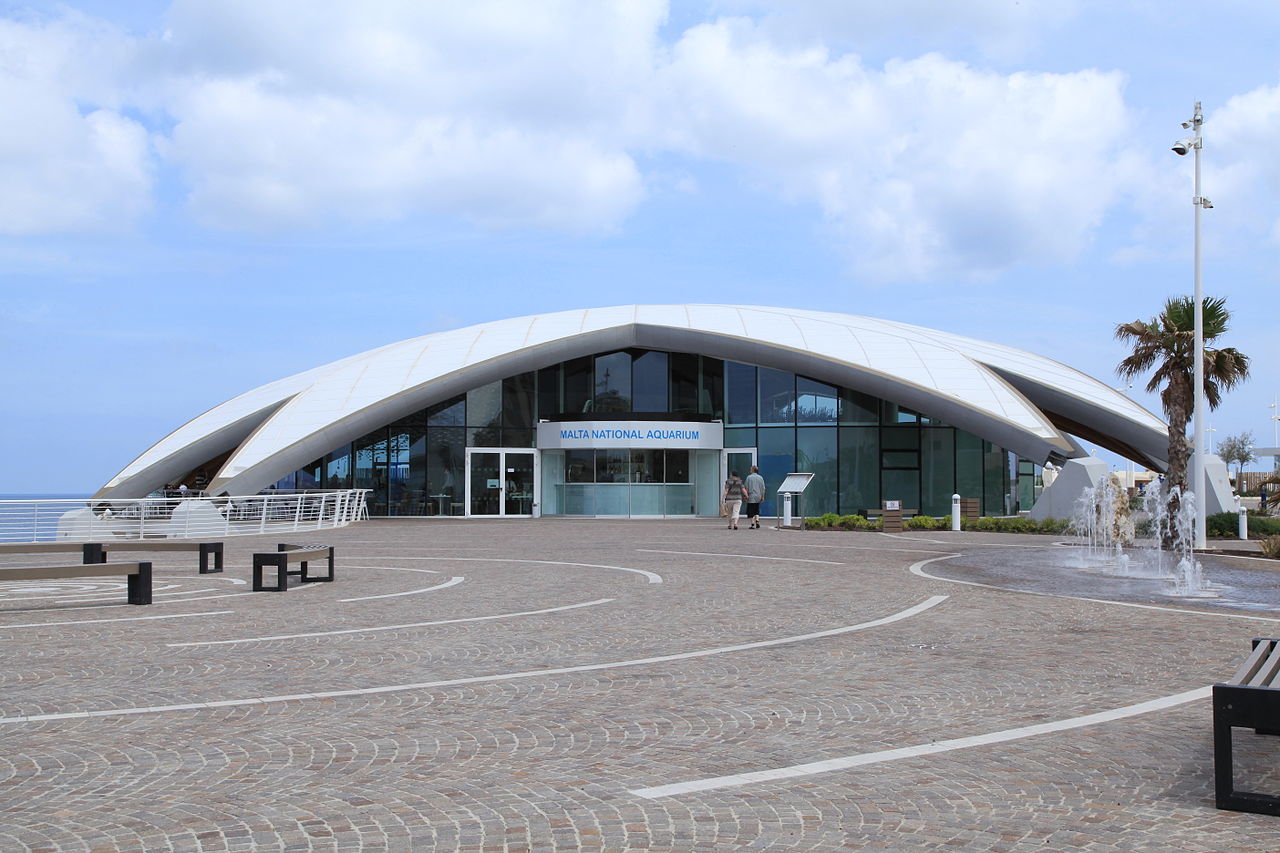Introduction: Your Gateway to Malta’s Past
Welcome to Malta, a small island nation in the heart of the Mediterranean, bursting with rich history and cultural heritage. As you explore Malta, you’ll embark on a journey through time, from ancient temples to medieval fortresses and beyond. This guide will take you through some of the most significant historical sites and cultural landmarks, ensuring you don’t miss a thing on your Maltese adventure.
Ancient Temples: Witness the Dawn of Civilization

Malta is home to some of the world’s oldest free-standing structures. Start your journey at the Ġgantija Temples on the island of Gozo. These megalithic temples, dating back to 3600 BCE, are older than the pyramids of Egypt. As you walk through the massive stone structures, you can almost feel the presence of the ancient people who built them.
Next, visit the Ħaġar Qim and Mnajdra Temples on the main island. These temples, perched on a hilltop overlooking the sea, offer stunning views and a deep sense of history. The intricate carvings and alignments with the solstices showcase the advanced understanding of astronomy possessed by Malta’s early inhabitants.
The Roman Legacy: Exploring the Villa and Baths
Malta’s history continued to flourish under Roman rule. In the town of Rabat, you can visit the Domvs Romana, a beautifully preserved Roman villa. The villa’s exquisite mosaics and artifacts provide a glimpse into the luxurious lifestyle of the Roman elite.
Nearby, the Roman Baths in the town of San Pawl Milqi offer further insights into daily life during this period. These baths, with their intricate heating systems and communal spaces, highlight the Romans’ advanced engineering skills and their emphasis on public health and hygiene.
Medieval Marvels: The Knights of St. John

The Knights of St. John played a pivotal role in shaping Malta’s history. Begin your exploration in Valletta, the capital city founded by the Knights in 1566. The Grandmaster’s Palace, with its opulent halls and armory, serves as a testament to the Knights’ power and influence.
Don’t miss St. John’s Co-Cathedral, a masterpiece of Baroque architecture. Inside, you’ll find the stunning Caravaggio painting “The Beheading of Saint John the Baptist,” along with ornate chapels dedicated to various langues (ethnic groups) of the Knights.
For a deeper dive into the Knights’ military prowess, visit Fort St. Elmo. This fort played a crucial role during the Great Siege of 1565, when the Knights successfully defended Malta against the Ottoman Empire. The fort’s museum offers an engaging look at this dramatic period in Maltese history.
Walled Cities: Mdina and Birgu
Step back in time as you enter Mdina, known as the “Silent City.” This fortified city, with its narrow streets and medieval architecture, was once Malta’s capital. The Mdina Cathedral and the Palazzo Falson Historic House Museum are must-visit sites that offer insights into the city’s noble past.
Across the Grand Harbour, in the city of Birgu (Vittoriosa), you can explore the Inquisitor’s Palace and Fort St. Angelo. Birgu served as the base for the Knights before Valletta was built and retains a rich historical atmosphere.
British Influence: A Strategic Stronghold
Malta’s strategic location made it a valuable asset for the British Empire. Visit the Lascaris War Rooms in Valletta, where Allied commanders planned operations during World War II. These underground tunnels and chambers provide a fascinating look at Malta’s role in the war effort.
The Malta at War Museum in Birgu offers further insights into this turbulent period. Here, you can explore wartime shelters and learn about the resilience of the Maltese people during the relentless bombing campaigns.
Modern Malta: A Blend of Old and New

While Malta is steeped in history, it also embraces modernity. The Malta National Aquarium and the Esplora Interactive Science Centre in Kalkara are perfect for families and offer a fun, educational experience.
In Valletta, the MUŻA – The Malta National Community Art Museum showcases contemporary Maltese art, reflecting the island’s vibrant cultural scene. Walking through Valletta’s streets, you’ll encounter a lively mix of old and new, with historic buildings housing modern cafes, shops, and galleries.
Festivals and Traditions: Celebrating Maltese Culture
Malta’s cultural heritage is alive and well, celebrated through numerous festivals and traditions. The Feast of St. Paul’s Shipwreck in Valletta, held every February, commemorates St. Paul’s arrival in Malta. The city comes alive with processions, fireworks, and street parties.
In summer, the Malta International Arts Festival and the Isle of MTV concert draw visitors from around the world. These events highlight Malta’s thriving arts scene and its ability to blend tradition with contemporary culture.
Culinary Delights: A Taste of Malta
No journey through Malta’s heritage is complete without sampling its cuisine. Traditional dishes like rabbit stew (fenkata), pastizzi (flaky pastry filled with ricotta or peas), and ftira (Maltese bread) offer a taste of the island’s culinary history. Visit local markets and family-run restaurants to experience authentic Maltese flavors.
Your Maltese Adventure Awaits
Malta’s rich heritage is a tapestry woven from thousands of years of history, influenced by various civilizations and cultures. As you explore the island, you’ll discover that every corner holds a story, every building a piece of the past. Embrace the journey through time and let Malta’s heritage captivate you. Your adventure awaits!


